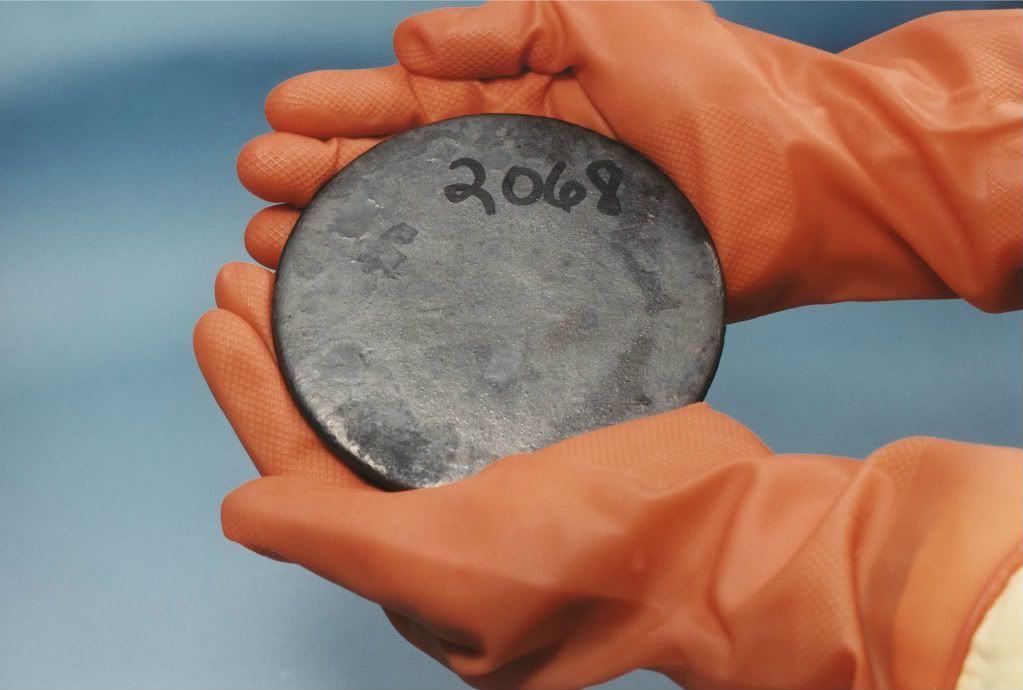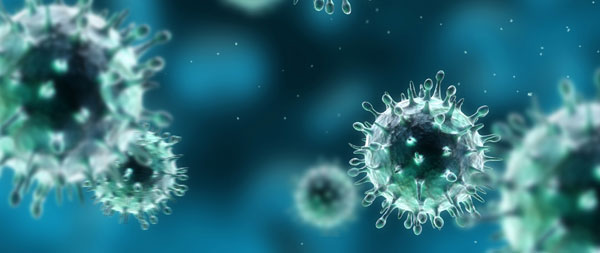On the morning of September 11, 2001, the United States of America witnessed its most devastating attack on domestic soil since Pearl Harbour. Following the collapse of the World Trade Center, former President George W. Bush announced the commencement of the so-called “War on Terror” as a means by which to fight terrorism and the states that support it, signifying a substantial change in both US domestic and foreign policy. Despite these changes, however, the possibility of terrorist attacks on civilians remains a very real and pertinent threat. Perhaps most frightening is the prospect that terrorists could acquire Weapons of Mass Destruction (WMDs), including nuclear, biological or chemical weapons. In Part I of this article, the potential dangers of nuclear and biological terrorism will be explored.
Nuclear Terrorism:
One of the greatest threats against international peace and security is the conceivable acquisition and utilization of a nuclear weapon by a violent terrorist organization. The most likely scenario in which this could occur would involve the detonation of a ‘dirty bomb’ in a highly populated area such as London or New York. A dirty bomb, for explanatory purposes, is a crude weapon comprised of radioactive material wrapped in conventional explosives. It is important to note that this weapon should not be confused with an atomic bomb, a sophisticated device designed to facilitate the physical destruction and incineration of a target area. Instead, the aim of a dirty bomb is simple: to harm and terrorize civilians. Upon detonation, dirty bombs disperse radioactive material into the air, thereby contaminating the surrounding region with hazardous radioactive particles. If inhaled or absorbed, this radioactive material can result in radiation sickness, cancer, and even death.
Four terrorist groups, at the very least, have expressed interest in acquiring a nuclear weapon such as this. In the 1990s, for example, Al-Qaeda tried repeatedly to obtain a nuclear device, albeit without success. Nevertheless, there have already been 18 confirmed thefts of weapons-grade nuclear material. In 2011, Moldovan police uncovered a smuggling ring attempting to sell undercover police a staggering 1.8kg of enriched uranium-238 for a mere £7.4m. One member of this group still remains at large, and is thought to have a kilogram of this material in his/her possession. The unknown whereabouts of weapons-grade nuclear material is particularly troubling, because it means that whatever organization has acquired it has already surpassed the most difficult part of constructing a nuclear weapon: acquiring a sufficient quantity of fissile material. Typically speaking, this material must be either plutonium or highly enriched uranium which can be subsequently outfitted with conventional explosives and thus weaponized.

Biological Terrorism:
The possibility of terrorists acquiring biological agents is equally terrifying. The Japanese cult Aum Shinrikyo attempted to do just that between 1990 and 1995 through the dispersion of anthrax and botulinum toxin. Thankfully, the microbial strains used in these attacks were non-virulent, most likely due to the sheer difficulty in producing an effective, concentrated strain. The difficulties associated with the use of biological weapons by terrorists are numerous. Unlike nuclear weapons, the effectiveness of biological weapons is heavily dependent upon meteorological conditions. Humidity, pollutants, temperature and atmospheric oxygen can all play a significant role in the overall deadliness of biological agents. Furthermore, the effectiveness of these weapons is also highly dependent upon the actual type of agent used. Some of the most dangerous include anthrax, botulinum, clostridium perfringens, ricin, and small pox; all of which can result in death.
In order to adequately appreciate the dangers of biological weapons, it is necessary to examine the hazards they pose to the human body:
Anthrax is a common bacterium that naturally occurs in soil. It can be contracted through a variety of means, including skin contact, ingestion and inhalation. Its symptoms may include black skin lesions, respiratory distress, and septic shock.
Botulinum is also a fairly common bacterium that can infect victims through exposure to contaminated air or food. It can result in difficulty speaking, loss of head control and paralysis.
Clostridium perfringens is a bacterium that forms naturally in the intestines of human beings and animals. It is commonly found on raw meat and poultry, and is divided into five strains. Each of these strains can produce what is known as an ‘alpha toxin’ which causes acute pulmonary disease and can be dispersed as an aerosolized biological agent.
Ricin is a protein poison that is naturally found in castor beans. It can be inhaled, ingested, or absorbed via skin and eye exposure. Once administered, ricin prevents the victim’s cells from manufacturing essential proteins, thereby resulting in cell death. As the process continues, victims will experience symptoms ranging from excess fluid buildup in the lungs, seizures, and organ failure.
Finally, smallpox is a highly contagious virus that can be transmitted person-to-person via direct contact through droplets of saliva, or even through inanimate objects (e.g. clothing, towels). Once infected, victims can experience fluid-filled pustules and internal hemorrhaging, resulting in death.

If terrorists are able to acquire even one of these agents in sufficient quantities, the results could be devastating. The aerosolized dispersion of a biological weapon in a high-density area could result in hundreds if not thousands of deaths. Even through such a brief analysis, the potential consequences of having these agents fall into the wrong hands are clear. Nevertheless, the ability to effectively concentrate biological agents, let alone disperse them, is a complex undertaking that necessitates the use of extensive resources and scientific knowledge. For this reason, biological weapons remain an unlikely threat for all but the most sophisticated terrorist organizations.
In Part II of this article, the threat of chemical weapons will be examined, in addition to providing an overview of how the proliferation of WMDs can be prevented.





